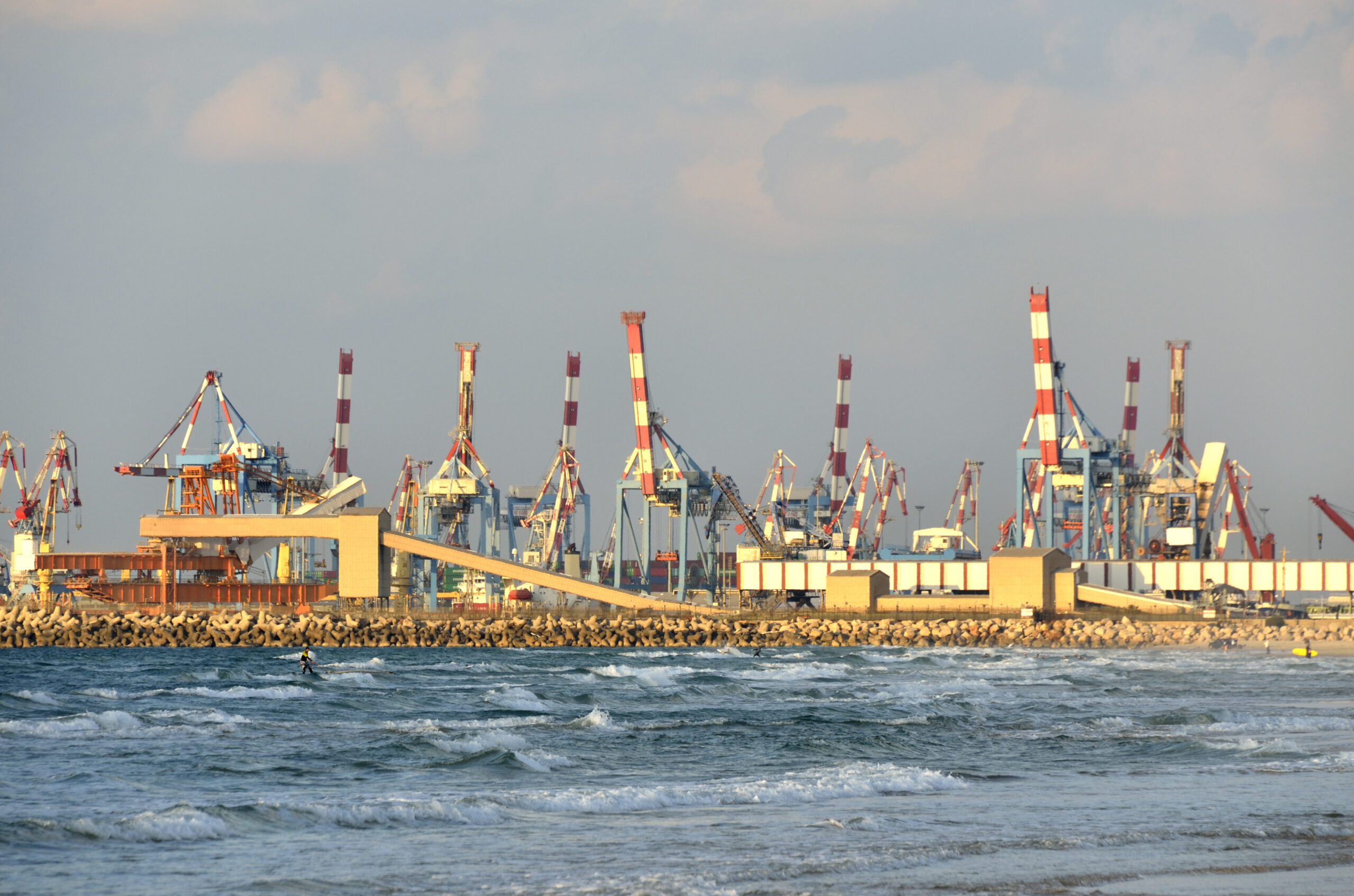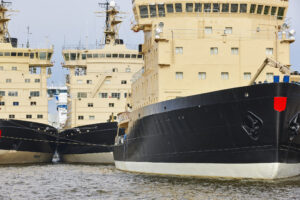Activity at Israel’s ports is slowing after Saturday’s attacks by Palestinian militant group Hamas. Hamas carried out on October 7, a surprise attack against Israel, which has created a serious risk to maritime security in this area.
There are growing risks facing merchant shipping connected to Israel. The conflict in the Middle East has raised concerns about the risk to shipping and maritime authorities issue circulars urging vessels to take all security measures and avoid transiting through the Mediterranean area near the Gaza Strip.
This conflict is far from over and it is completely unpredictable how it will unfold. The potential for a protracted conflict which will result a damage to port infrastructure becomes increasingly probable.
Local P&I Correspondents said earlier this week that the port of Ashdod has been put under emergency status and Israeli Navy controls all the sea traffic in all areas around and near the port of Ashdod and Ashkelon.
Now the Panama Maritime Authority has issued a circular giving guidance to Panama-flagged vessels following the Israel-Hamas conflict.
The Panama Maritime Administration strongly recommends all Panama flag vessels to take all security measures and avoid transiting through the Mediterranean area near the Gaza Strip.
The circular informs that port operations in the ports of Israel are limited, for which the Panama registered vessels that are in these ports and their crews must remain in port until the Israeli authorities grant permission for departure or disembarkment.
The Israeli port of Ashkelon and its oil terminal have been closed in the wake of the conflict between Israel and the Islamist group Hamas.
Furthermore, the Panama Maritime Administration strongly recommends the following:
· Conduct a new ship- and voyage-specific threat risk assessment before entering any region where there has been an incident or the threat has changed.
· After the risk assessment, review the Vessel Protection Plan.
· Review section 2 of BMP5, which describes non-piracy threats and the Global Anti-Piracy Guide.
· Maintain a complete and vigilant watch on the bridge; Note: At night, small, slow vessels without a wake are difficult to detect on radar.
· Maintain strict surveillance of communications and establish communication with all approaching vessels. Do not allow small boats to approach or dock. Use a reflector to identify yourself at night.
· Guarantee strict boarding controls.
· Go down hallways or accommodation stairs only when necessary.
· Install exterior lights where possible, provided they do not interfere with maintaining a safe lookout, especially aft, and install/use searchlights if available.
· Monitor relevant VHF and other communication channels.
· Check all fire-fighting equipment available for immediate use. Make sure the emergency fire pump is available if any maintenance is being undertaken.
· Keep the Automatic Information System (AIS) on. There is no need to complete the field stating the last or next port of call.
· Report any suspicious activity or objects immediately to both the port and UKMTO +442392222060.
The Panama Maritime Authority recommends that all vessels follow the instructions of the local authorities regarding the transit of the crew in port areas.
“Review your communication security plan on board, in case of an unforeseen incident,” the authority clarifies.



